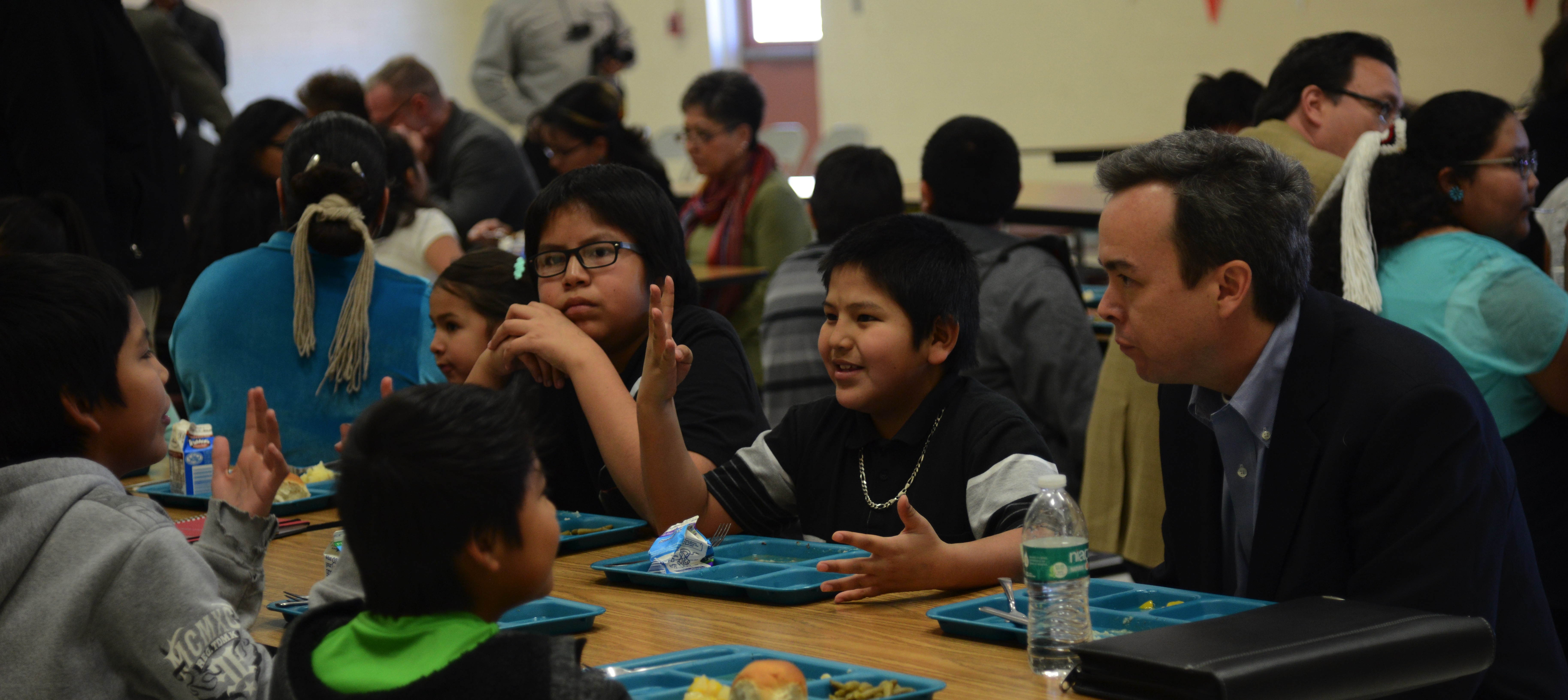
Aug 8, 2016 12:00:00 AM
by Anna Baldwin
Anna Baldwin is a high school English teacher at Arlee High School and has been teaching on the Flathead Indian Reservation for the past 17 years. She designed and teaches Native American studies for the Montana Digital Academy and taught English methods courses at the University of Montana for four years as an adjunct assistant professor. She has been selected as a 2016 Classroom Teaching Ambassador Fellow with the U.S. Department of Education. Baldwin is the recipient of several awards, including the Horace Mann Excellence in Teaching Award, Montana Association of Teachers of English Language Arts Distinguished Educator Award, and the Award for Excellence in Culturally Responsive Teaching from Teaching Tolerance. She was the 2014 Montana Teacher of the Year.
Few issues in education spark more tension and debate than standardized testing. Are they a tool for equity or a burden on students? A necessary check on school systems or a flawed measure of...
Charter schools are public schools with a purpose. Operating independently from traditional school districts, they're tuition-free, open to all students, and publicly funded—but with more flexibility...
Despite the benefits of a diverse teaching force, prospective teachers of color fall out of our leaky preparation pipeline at every stage: preparation, hiring, induction, and retention. Here’s what...
Ed Post is the flagship website platform of brightbeam, a 501(c3) network of education activists and influencers demanding a better education and a brighter future for every child.
© 2020-2025 brightbeam. All rights reserved.
Leave a Comment